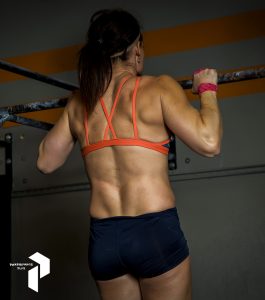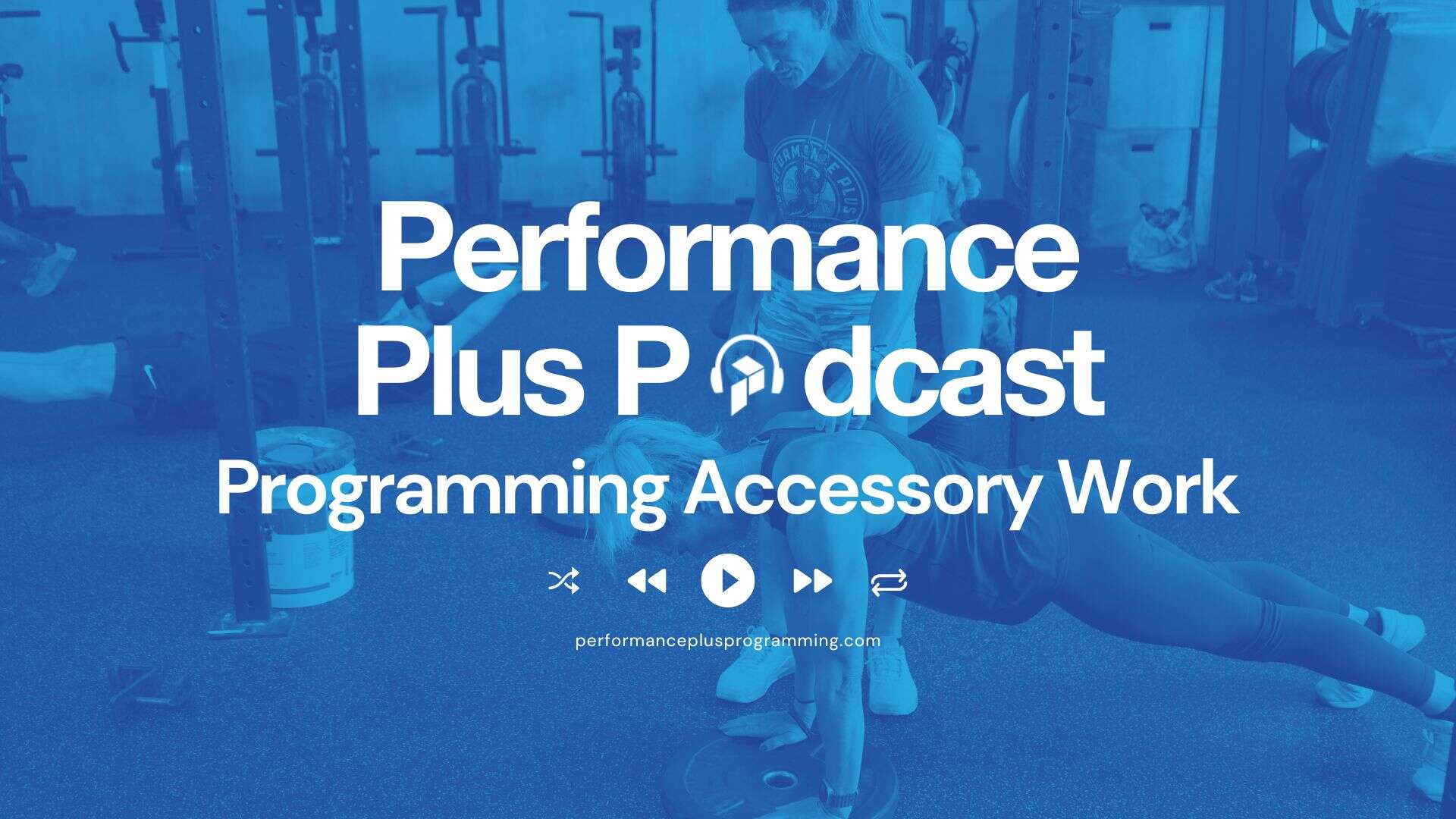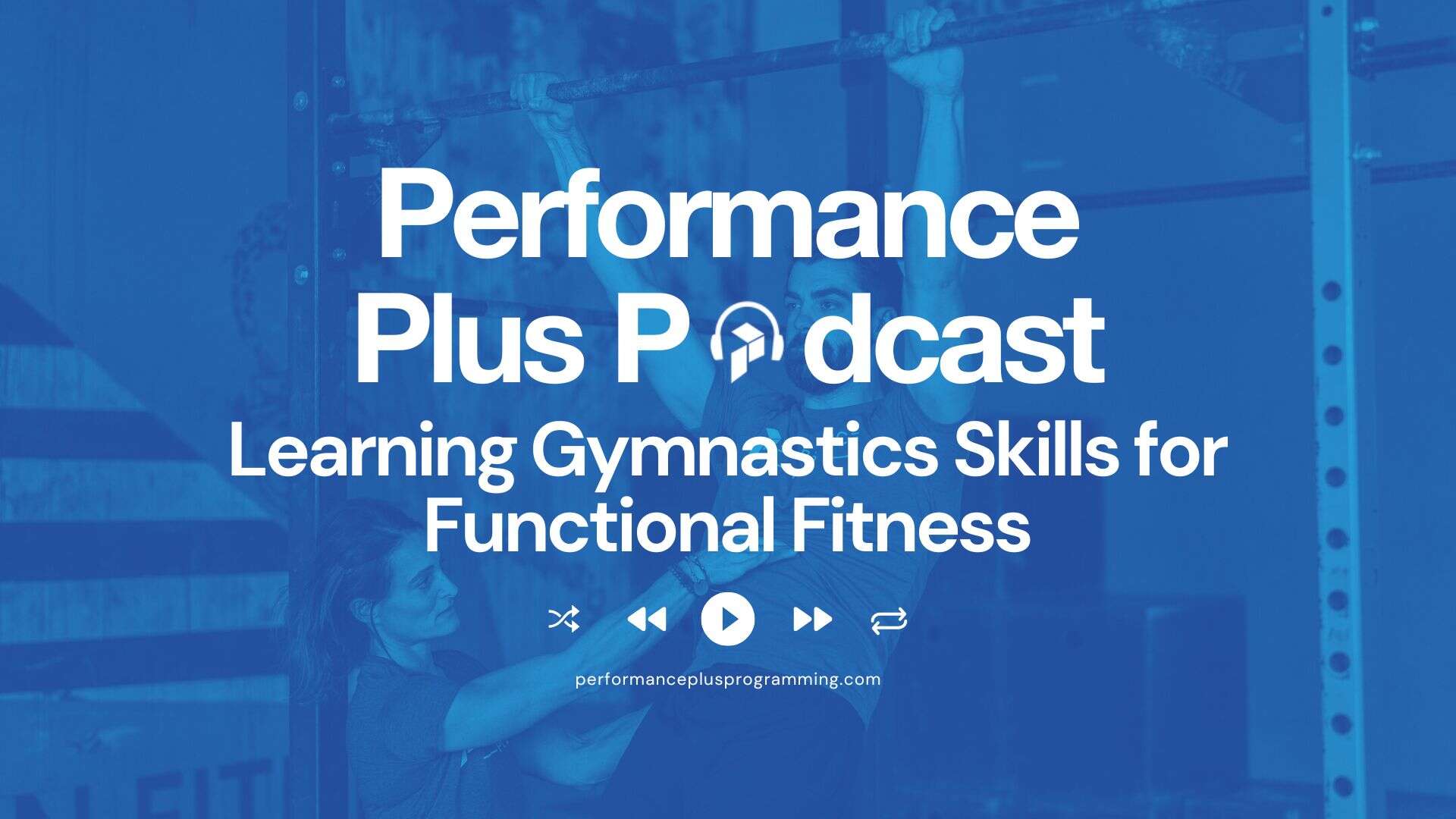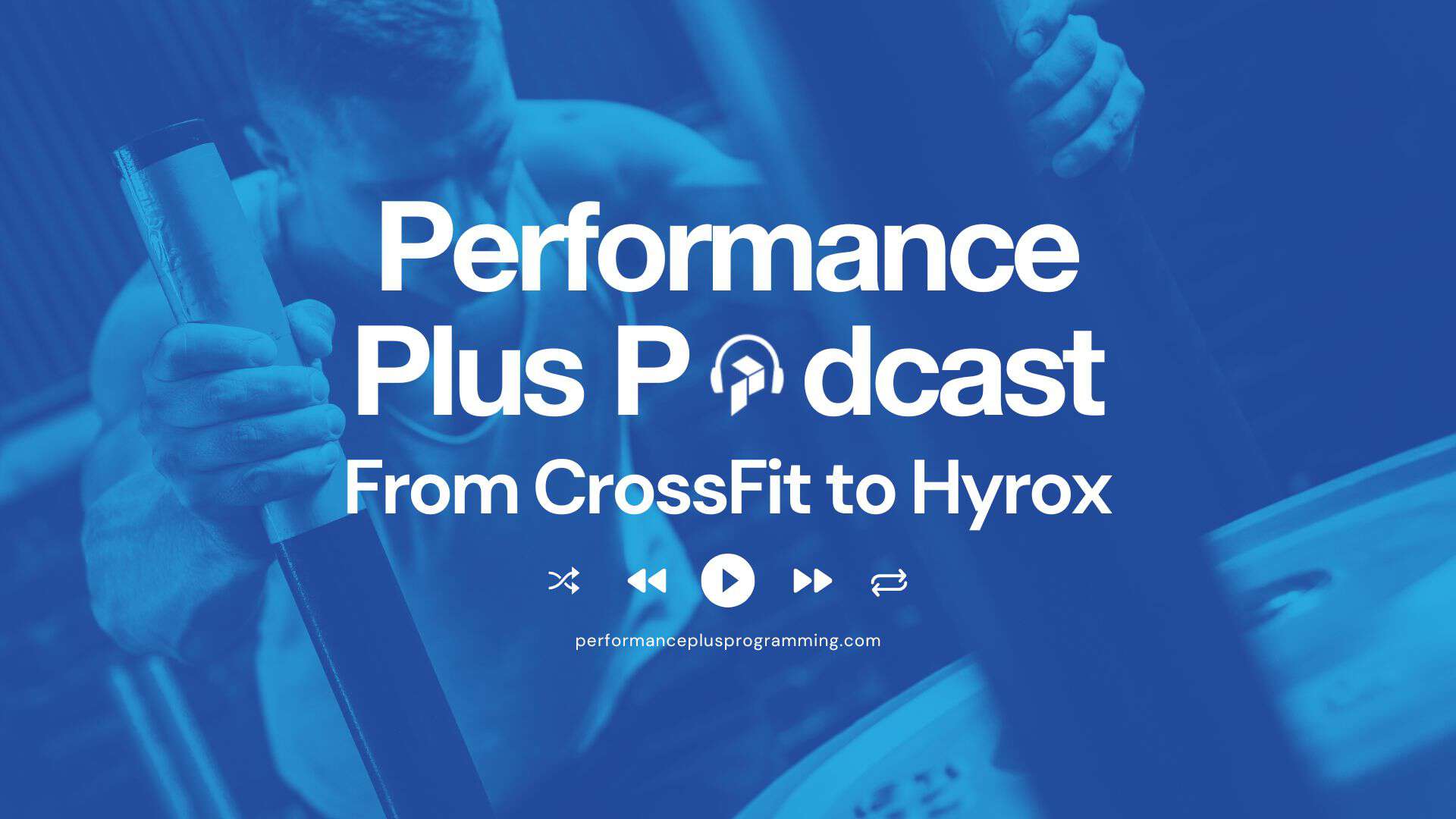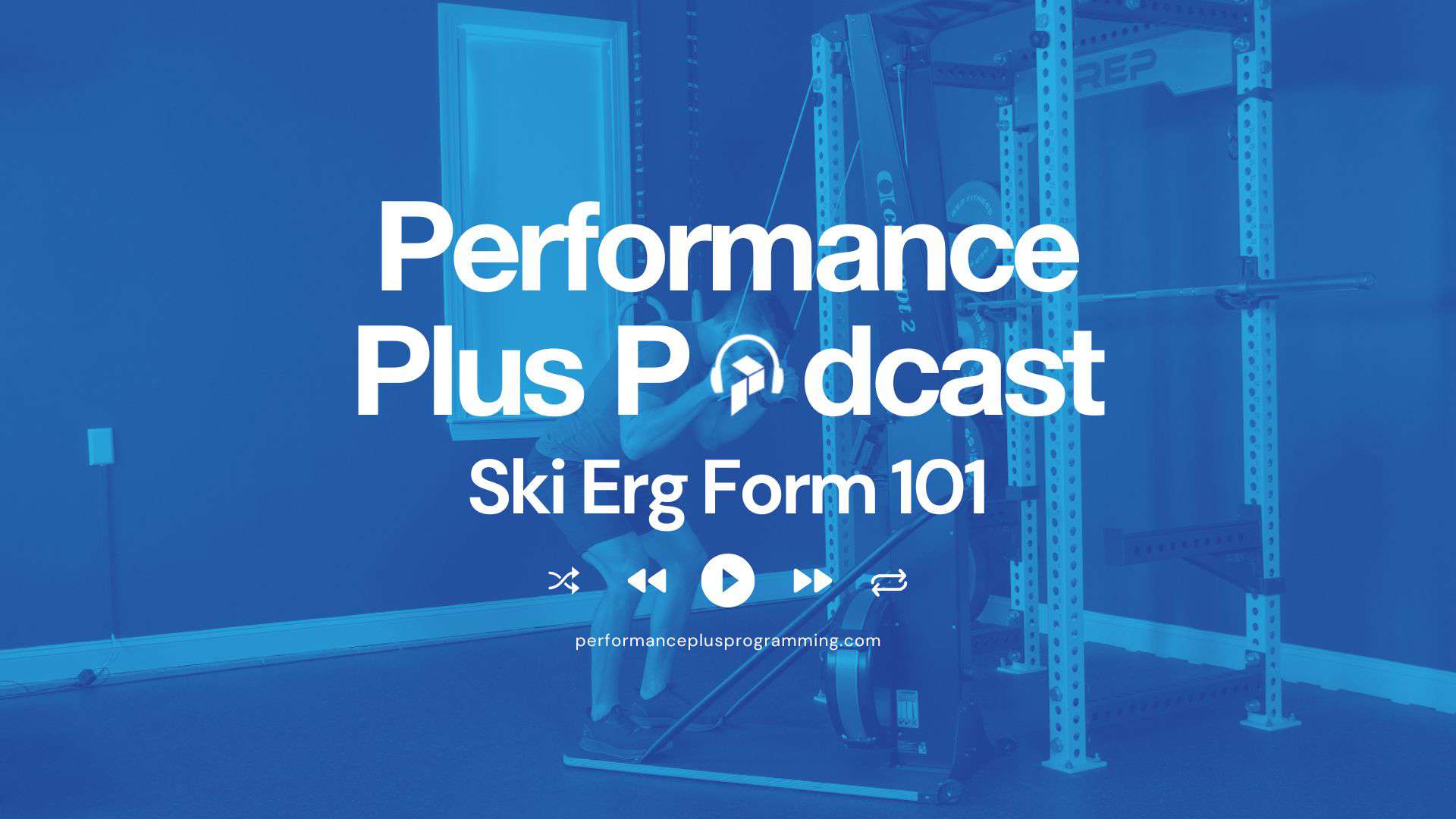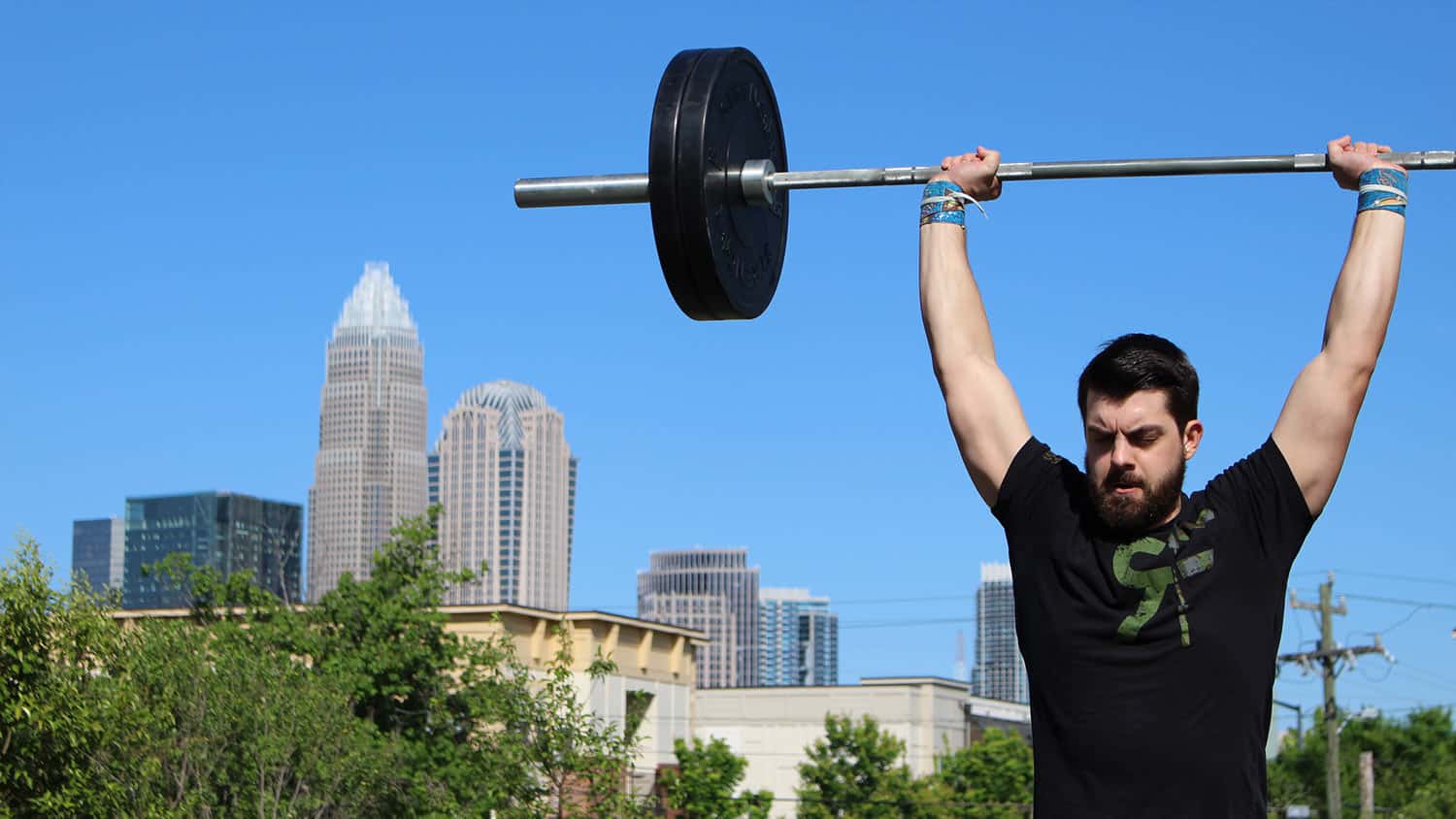
Developing Butterfly Pull-Up Strength & Technique
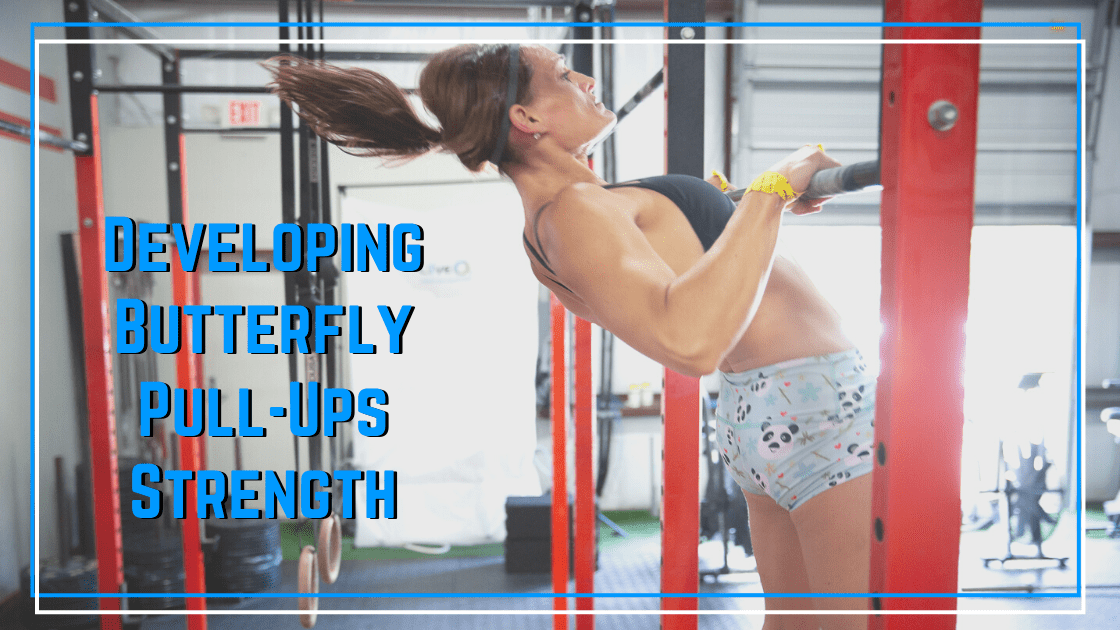
Let’s begin with the elephant in the room. Usually, we see a post of an athlete performing Butterfly Pull-ups and we see 100s of comments that say “not one pull-up done.”
Ok. Let’s be real. First, if you understand the purpose of the butterfly pull-up you wouldn’t feel a need to make that comment. Second, if you understand the basics of gymnastics shapes and how they create efficient movement, you also wouldn’t feel compelled to make the comment. Finally, if you truly comprehend the progression of this skill and who should REALLY be using it, you may understand the athlete behind the butterfly pull-up.
Let’s start with the obvious question, “Why do we do them.”
So let’s delve into the evolution of this skill. This skill was born when fitness athletes realized that if they increase the speed of a skill, they can increase the intensity, hence, finish faster. Top-level athletes figured out a way to change the trajectory of the arch and hollow to maintain a faster speed, therefore, the butterfly pull-up was born.
As we had more exposure to this skill via social media and youtube, many thought it was a skill they needed to learn, too. It looked cool, it sped things up, and it seemed easier than kipping pull-ups. People saw a “fast-track” to the pull-up and were sold on the idea.
In my coaching opinion, the majority of athletes do not need to learn or master this skill. First, it is a “dead-end” skill. What that means is it is not a progression to another skill, where kipping pull-ups can lead to Kipping Bar Muscle Ups, etc.
The Butterfly Pull-up is a single modality skill. Second, most average athletes haven’t demonstrated strict strength, body awareness and spatial mastery that is needed to perform a safe & efficient butterfly pull-up. Finally, you really don’t need to go THAT fast if you aren’t trying to qualify for the Games. Let’s face it, there is more risk vs reward to this skill, especially because most don’t have the prerequisite strength or the right coaching tools to teach them technique.
Now, let’s dive into the question, “Who should NOT do Butterfly Pull-ups?”
You may wonder why we are focusing on who should NOT be doing them vs who SHOULD be doing them. Let me explain. Most athletes think they should be doing them because they can check the box where it says RX next to pull-ups by doing some sort of messy, uncontrolled version of butterfly pull-ups, but in reality, they do not have the strength or body awareness to pull off this advanced skill.
Here is a checklist. If you can not check all the boxes, in the order they are listed, then you should NOT be doing Butterfly Pull-Ups yet.
[A] Strict Pull-ups
Can you do 5-7 slow and controlled strict pull-ups? We want to see full control at the top and bottom of the pull-up so you can demonstrate mastery of strength when applying momentum as descend when doing Butterfly Pull-ups.
Can you perform strict pull-ups in a hollow body position? This trains positions and body awareness for the hollow portion of butterfly pull-ups.
[B] Kipping Technique
Can you create the arch & hollow while using your lats and shoulder muscles to control the swing? To test this, start doing the kip swing and have a friend yell “stop” during your swing. Can you stop on command?
Can you create two shapes, the arch and the hollow, without folding at the hip? We want to create a “long” lever of these two shapes because they need to be used in an efficient manner when doing Butterfly Pull-ups.
[C] Kipping Pull-ups
Can you do at least 10 unbroken kipping pull-ups? This will demonstrate you have command of strict pulling strength and mastery of grip strength needed for higher-level pull-ups.
[D] Strict Butterfly Pull-ups
You may not have heard of this, but it will demonstrate you understand the path of the body for Butterfly Pull-ups vs. Kipping Pull-ups.
Kipping Pull-ups have an arch at the bottom and finish in a hollow at the top. The Butterfly Pull-up is the opposite and working on the strict portion will help you with learning the movement pattern. We want FULL control when coming down into the start position of each rep and make sure we can protect our shoulder by hanging through active muscle tissue.
Those who do this type of pull-up before they are strong enough will have a huge risk of a shoulder injury. As a guesstimate, approximately 3x will need to be controlled through the bottom portion of this skill. Therefore, we need to build strict strength first.
After we have answered YES to all on the checklist, we ask, “How can I achieve Butterfly Pull-ups?”
I use a few drills to teach this skill. Most of them are technique drills because I have already been through the checklist with my athletes and am confident they are strong enough to start training this skill.
First, we will train the body position with the PVC to rewire the brain to be in the arch at the top of the skill and then the hollow at the bottom.
Then I will create some drills on the rig where the athlete can take away some bodyweight and focus on the pattern of the skill and timing of when their body needs to create the arch and hollow as their arms pull up and return to start.
Finally, we work on some tactile drills with a coach to get full body weight into the skill but figure out how to slowly build muscle memory.
If this is a skill you want to master, even if you are not at a competitive level, this article is not to persuade you to no longer learn the skill. Instead, we are urging you to take the right steps so you build a foundation for a safe and efficient Butterfly Pull Up.
Our Butterfly Pull-Up Mastery Program is a four-week plan designed to help athletes learn the proper techniques for Butterfly Pull-Ups. If you pass the above tests and want a comprehensive plan to reach your goals, you will want to check this plan out!
Check out our other Performance Plus Pull-Up Programs to build up the pre-requisite strength needed to progress to butterfly pull-ups:
